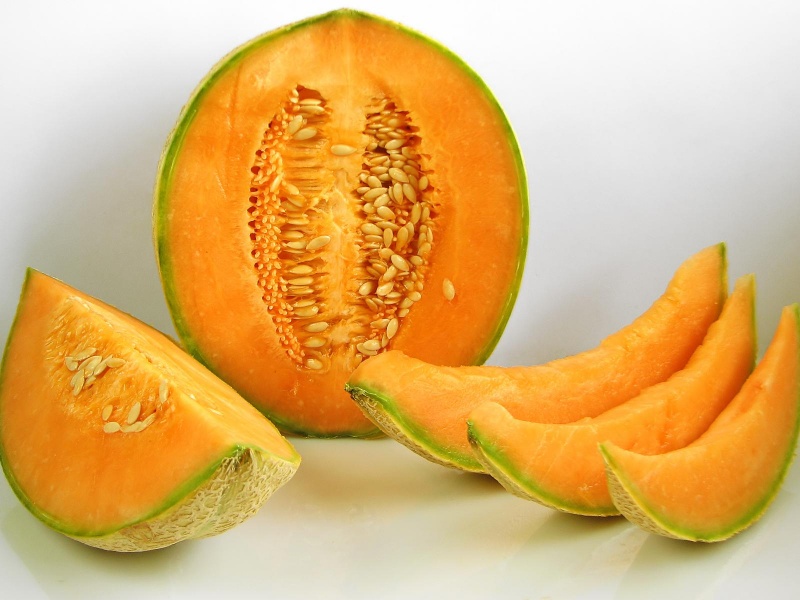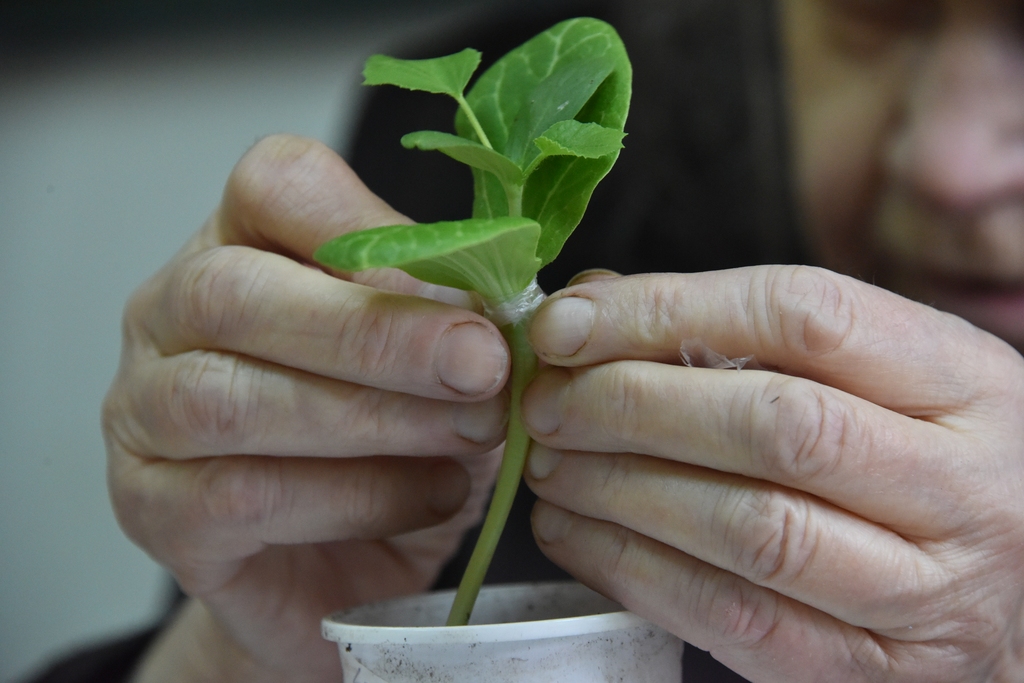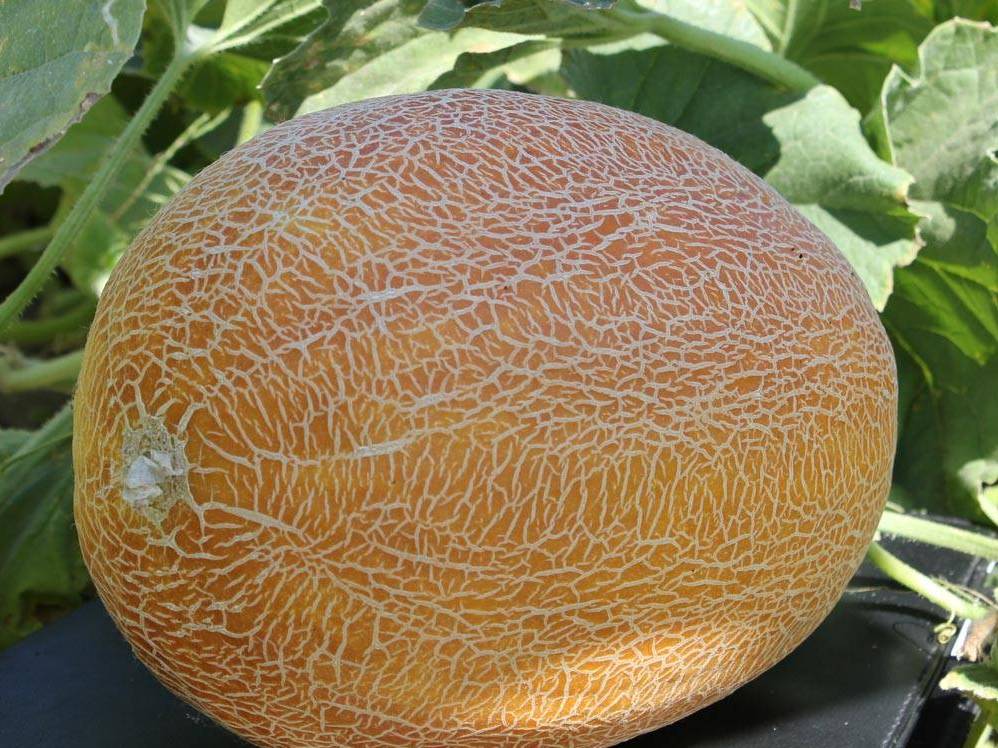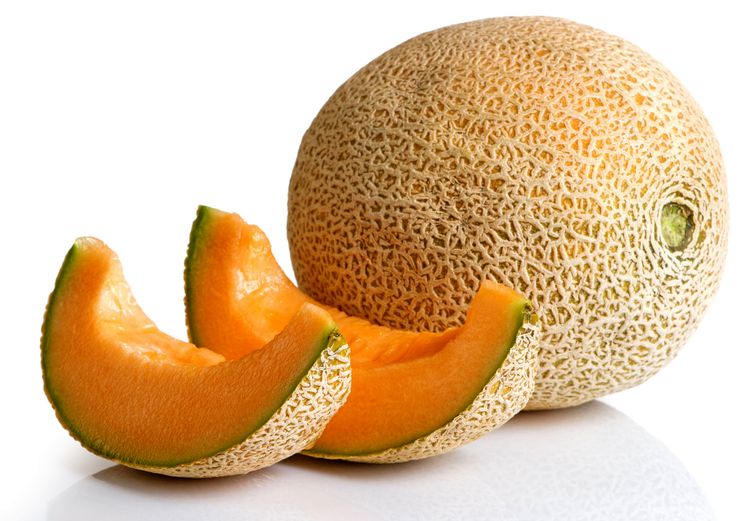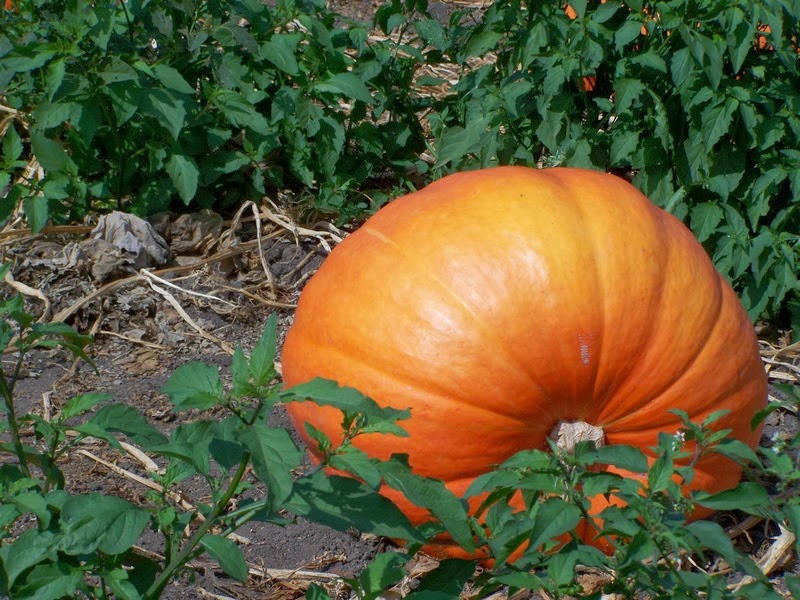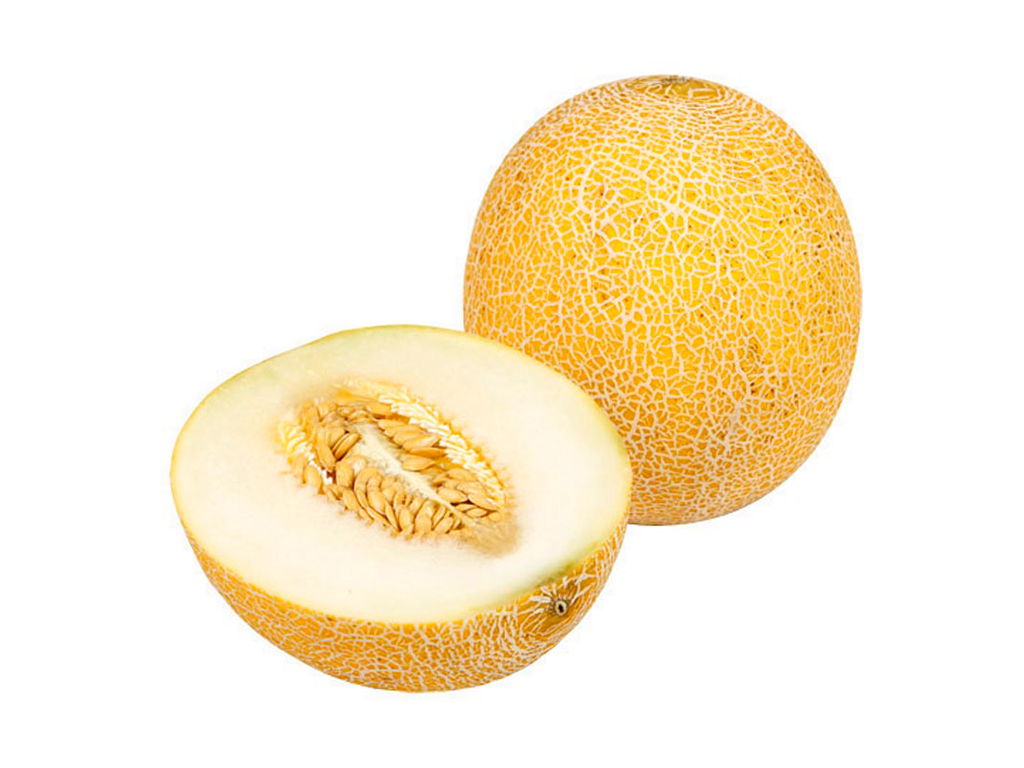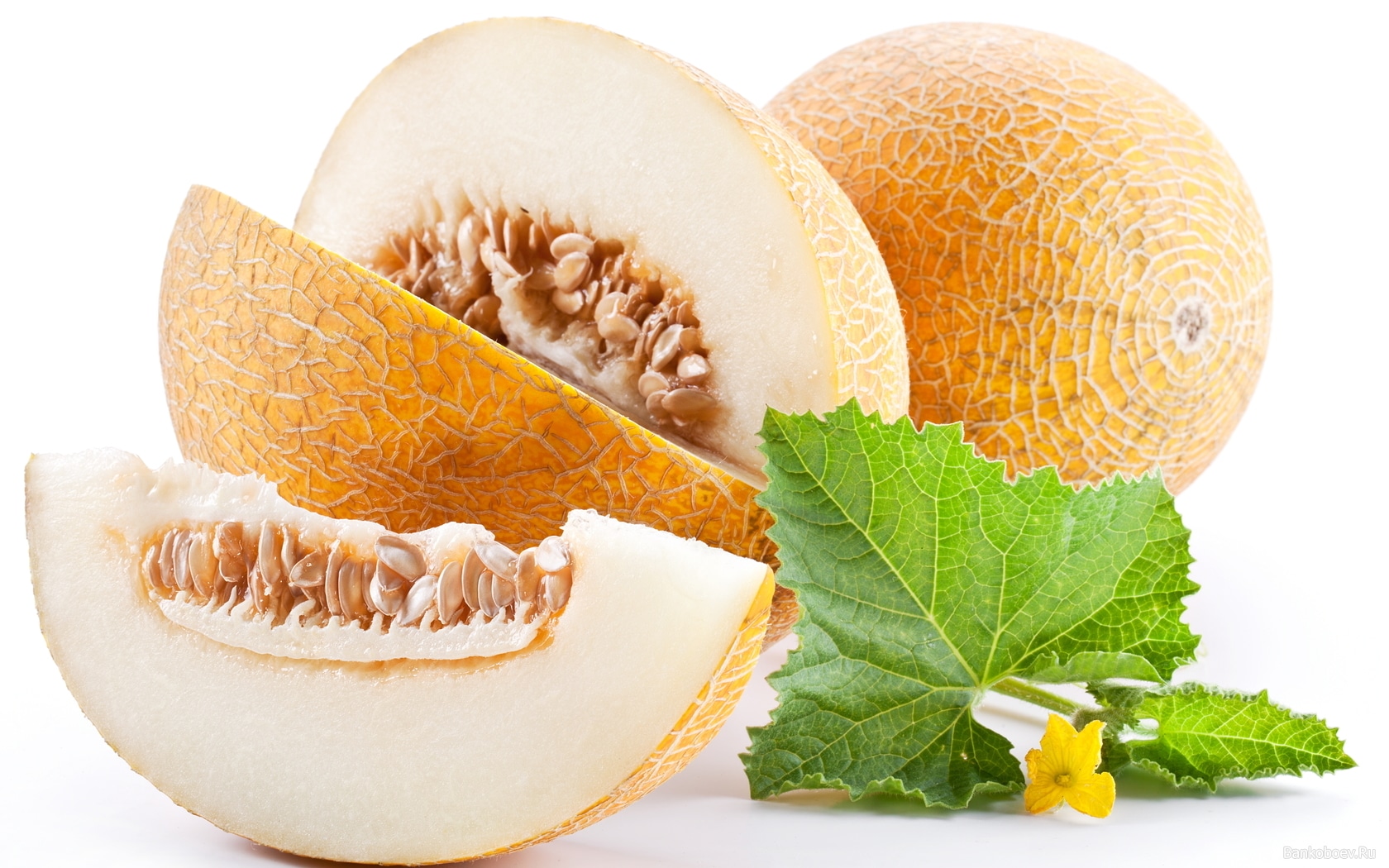Melon is a pampered culture that does not tolerate sudden temperature fluctuations. And although a lot of varieties and hybrids of melons have already been bred, suitable for growing in regions with an unfavorable climate and unpredictable weather, in the conditions of a short and cool summer, it is not always possible to get a high yield of this melon crop. The resourceful gardeners of the northern regions plant the melon on plants of the pumpkin family.
Choosing a variety for grafting
Before you start grafting, you need to choose a stock for your melon. The following varieties of melons are considered the most suitable.
- Pumpkin. Pumpkin grafting is the most common and can be done in a variety of ways. A culture grafted onto a pumpkin gives fruits of good taste, but of a larger size. Hardwood varieties are usually chosen for the stock.
- Lagenaria (Latin name Lagenaria). It bears fruit with elongated bottle-shaped pumpkins. Melon grafting on lagenaria is rarely practiced, the risk of death of the seedlings themselves is too high, and the taste of the fruit changes for the worse.
- Zucchini. In the northern regions, zucchini seedlings are often used as a rootstock - the resulting plants quickly form and give off a crop, the bushes themselves are highly resistant to changeable weather.
There are also special Chinese rootstock systems. They are hybrids, so it is impossible to grow them on your own, you have to order seeds.
Vaccination technology
How to properly plant melon on pumpkin and other crops? Below are the various options for inoculating this crop with step-by-step instructions.
- Rapprochement. This method is the simplest. The rootstock culture and melon must be planted in the same container and grown together. At the site of the future grafting, carefully cut off the skin on the stems of both seedlings at an interval of 1.5-2 cm. Connect the plant sections to each other and secure with tape. The stem of the stock is removed one week after the operation, and the root system of the scion is removed during transplantation.
- Into the cleft. This method is only suitable for stem-filled grafts. It needs to be cut horizontally, leaving one real and a couple of cotyledon leaves. Make a vertical incision deep into its shoot to a depth of about 2 cm. Cut off the melon near the surface of the soil and remove a 2 cm layer of skin from the stem on both sides. Insert the melon stalk into the rootstock incision so that their tissues join together and secure.
- To the center of the trunk. Pumpkins (including Lagenaria) have hollow stems, so the method below is perfect for them. The rootstock is cut horizontally, leaving 1.5 cm from the ground level. The top layer of the skin is removed from the stem of the melon at the same interval and inserted into the hollow stem of the rootstock.
Vaccination results
The inoculation was successful if the melon starts to grow in five days. As a result of grafting this crop, it is possible to get a good harvest of it even in the cold regions of the country.
The grafted plants are resistant to temperature extremes, are characterized by increased cold resistance, form large fruits and yield much earlier than self-rooted seedlings.
Tips & Tricks
Newly baked plants need special care.
Immediately after inoculation, the melons are covered with caps and removed to a warm place so that direct sunlight does not fall on them.High humidity is maintained inside the mini-greenhouse, but at the same time, one should not forget about short-term (1-2 minutes) ventilation.
When watering, it is important to ensure that no water drops fall on the vaccine.
